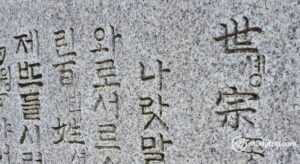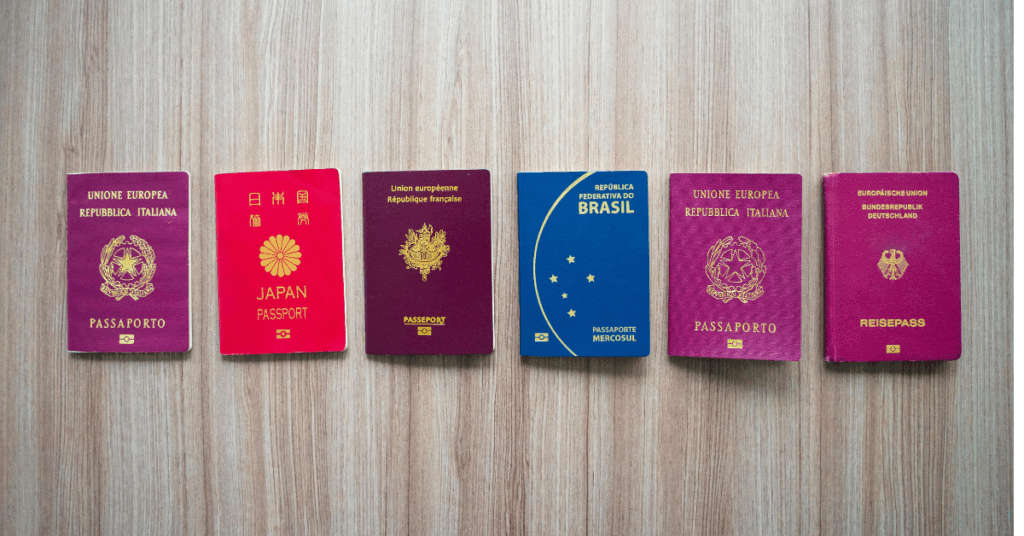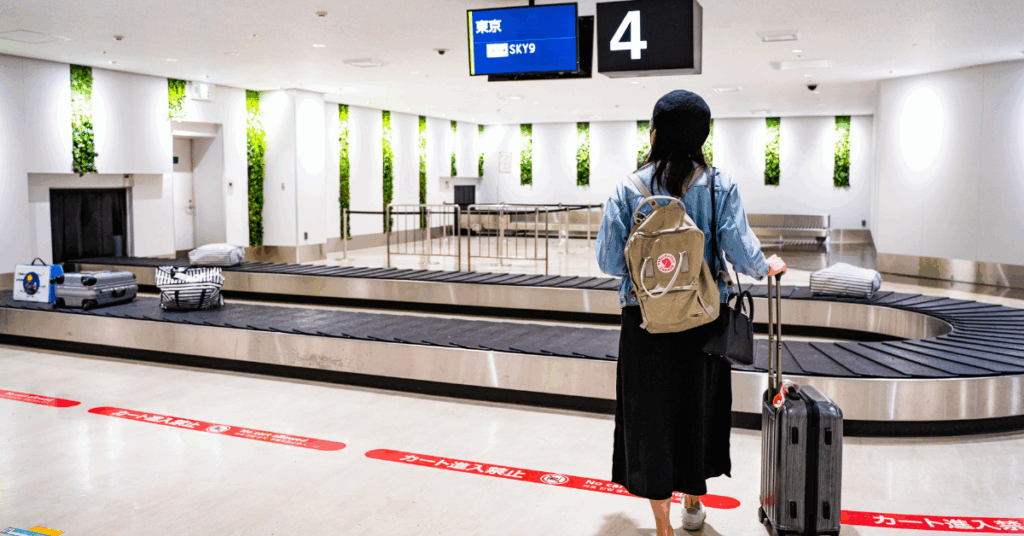With over 3,800 written languages around the world and several different types of systems, that’s a lot for any language learner to take in. For educators, helping students navigate writing systems for language learners—especially when planning study abroad programs—can feel daunting. What’s more, even when countries share writing systems, students often need to learn entirely new alphabets and character sets.
While it may seem like a lot to process, writing systems become much easier to understand once you take the time to look at each one more closely. When students begin learning a new language, the writing system is often the first hurdle. We’re not going to provide an exhaustive list of every alphabet in the world, but we will explore some of the most interesting, commonly taught, and beloved ones—some of which are featured in our study trip programs.
There’s a lot to unpack when it comes to alphabets and writing systems, especially if you want to get technical. But here, we’re sticking with the basics—what will help students most on their learning journey, with a few fun facts along the way. And for the language buffs reading this, yes—we’re using the term “alphabet” a bit loosely here. Technically, an alphabet is a system where letters represent individual phonetic sounds.
The English Alphabet
First up: the English alphabet, which is actually the Latin or Roman alphabet. It consists of 26 characters—21 consonants and 5 vowels. As the name suggests, it originated in Roman times and is now widely used across many European languages. As there are some adaptations for each country we’ll consider it from the UK/English perspective.
Each letter in English has a corresponding sound, but when letters are combined, their pronunciation often changes. This can be particularly tricky for learners—think of words like rough, through, and though, all containing “ough” but pronounced completely differently. This highlights an important point for anyone studying writing systems for language learners: sometimes the character system is simple, but pronunciation rules are complex, and vice versa.
You’ll also find the English alphabet in use on our trips to Italy, France, and Spain—making these great options for learners who want to focus on language learning without needing to learn a new writing system.

The Japanese Alphabet System
We’re not going to lie—Japanese can be more confusing than other writing systems at first. But once students begin to break it down, it becomes far more approachable. Japanese technically uses three alphabets: hiragana, katakana, and kanji.
Hiragana Katakana
Hiragana and katakana are both syllabaries—character sets where each symbol represents a syllable sound, typically a consonant + vowel combination. There are 5 pure vowel sounds, 40 consonant-vowel combinations, and 1 standalone consonant sound in hiragana. Katakana includes the exact same set of sounds, but with different characters.
Why use two scripts for the same sounds? Hiragana is used for native Japanese words, grammatical particles, and sentence structure. Katakana, on the other hand, is used almost exclusively for loanwords from foreign languages (with the exception of Chinese-origin words).
Kanji
Then there’s kanji, which consists of adopted Chinese characters used to represent most nouns, verb roots, and key adjectives. Many words in Japanese have both a hiragana spelling and a corresponding kanji character. Kanji adds complexity because each character can have multiple readings:
- On’yomi (the original Chinese reading)
- Kun’yomi (the native Japanese reading)
Some kanji have just one of each; others may have several, depending heavily on context. This means kanji doesn’t operate like the linear alphabets many learners are familiar with, and mastering it can be one of the more challenging—but rewarding—aspects of Japanese.
For educators planning language trips, Japanese offers a rich example of how diverse writing systems for language learners can be—and why exposure through immersive programs is so valuable.
The Chinese Alphabet System
Before we dive into Chinese, it’s important to note there are many dialects across China. The two main ones are Mandarin and Cantonese, both of which use Chinese characters. Typically, Mandarin uses simplified characters, while Cantonese retains traditional ones.
Chinese writing is logographic—meaning characters represent words or ideas, not sounds. But there’s still a phonetic element: each character is made up of radicals, of which there are 214. These components provide meaning and pronunciation clues.
While there are over 50,000 characters in total, basic literacy only requires around 1,500 to 3,000. This writing system can be a fascinating challenge for students—and a powerful focus area for educators planning language immersion programs. It’s a key example of how writing systems for language learners require not just memorization, but deeper cultural understanding.

The Korean Alphabet System
The Korean writing system, Hangul, is often considered one of the most logically designed alphabets in the world. Originally, Koreans used Chinese characters, but in the 15th century, King Sejong the Great introduced Hangul to improve literacy among common people.
Hangul was initially made up of 17 consonants and 11 vowels. Today, it includes 14 consonants and 10 vowels, which are combined into syllabic blocks—small square groupings that form full words. For example “honeybee” (kkulbeol) is written 꿀벌, not ㄲㅜㄹㅂㅓㄹ.
Although visually unfamiliar, Hangul is highly intuitive and quick to learn—making Korean an excellent choice when exploring writing systems for language learners, especially in short-term programs.
Fun fact: Korea even has a museum dedicated to Hangul in Seoul!
Why Writing Systems Matter for Language Learners
Understanding the structure and logic behind a writing system gives students an edge in language acquisition. For educators planning study abroad trips, introducing writing systems for language learners early helps set expectations and eases the transition into immersive learning environments.
Whether it’s navigating Kanji in Japan or forming syllabic blocks in Korean, hands-on exposure to a writing system offers cultural insights that no textbook can replicate. It also helps students connect more deeply with the language and the country they’re studying in.
Ready to Introduce Your Students to a New Alphabet?
If your students are ready to take on the challenge—and reward—of learning a new writing system, our study trips offer a structured, supportive environment to do just that. From Japanese to Korean, our programs integrate writing systems for language learners into engaging, real-world experiences.
Contact us now to get started on creating a custom program tailored to your educational goals.





